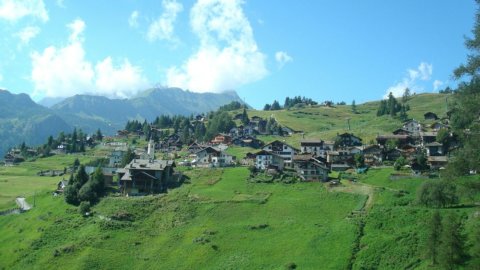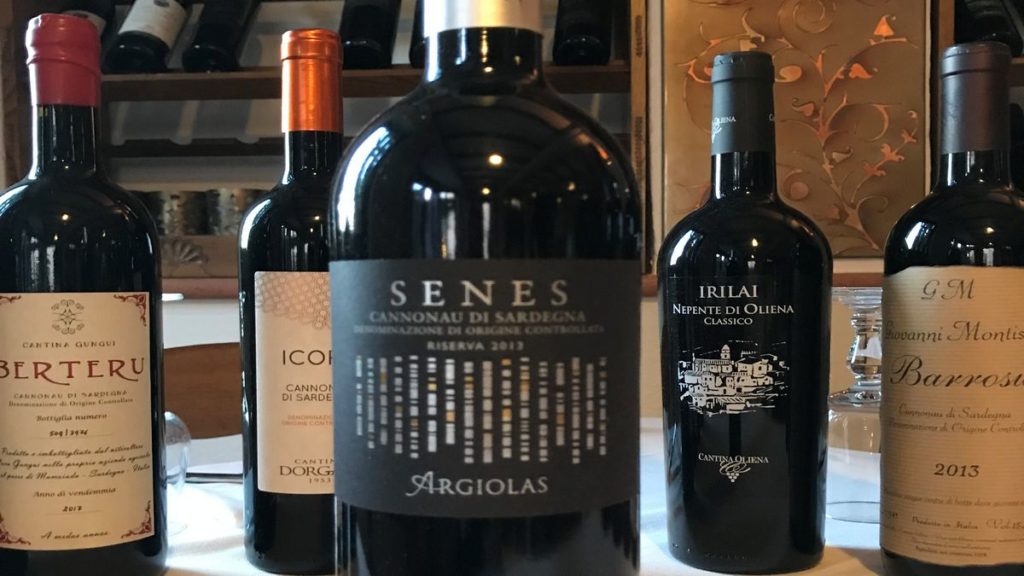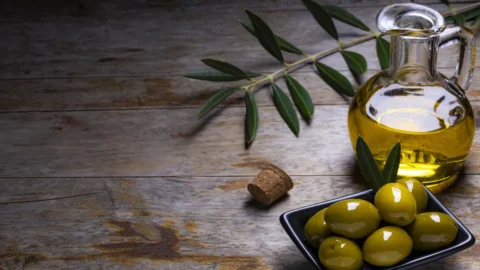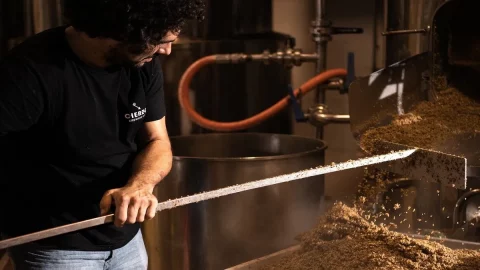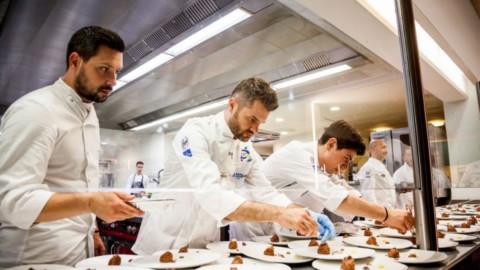Save Private Ryan: a serious threat threatens to hit Cannonau, the oldest of Sardinian vines, the wine that most of all identifies with the island's winemaking traditions to the point of being considered the most representative witness not only in Italy but in the world . The danger comes from the European Union which last year approved a regulation on typical wines which provides that “the protection applies to the whole name including its constituent elements provided they are in themselves distinctive. The non-distinctive or generic elements of a PDO or PGI are not protected"
Passing from the bureaucracy to the reality of the facts, this means that if no remedial action is taken soon these PDOs will no longer be armored and consequently the vines that are part of them can be used in other territories outside Sardinia. The one who runs the most danger is Cannonau, which is widespread and marketed in other regions with other synonyms and which enjoys great interest from protection consortia and producers due to its greater notoriety and therefore commercial attractiveness compared to the equivalent synonyms, Tocai rosso, Alicante, Gamay del Trasimeno.
The wine economy in Sardinia moves 65 million euros
To understand the dimension of the phenomenon and its economic and social significance, it is sufficient to reflect on the fact that the Cannonau is by far the most produced wine in Sardinia to which 27% of the vineyard area is destined: 7.411 hectares out of 27.217, of which 4.875 are located in the old province of Nuoro.
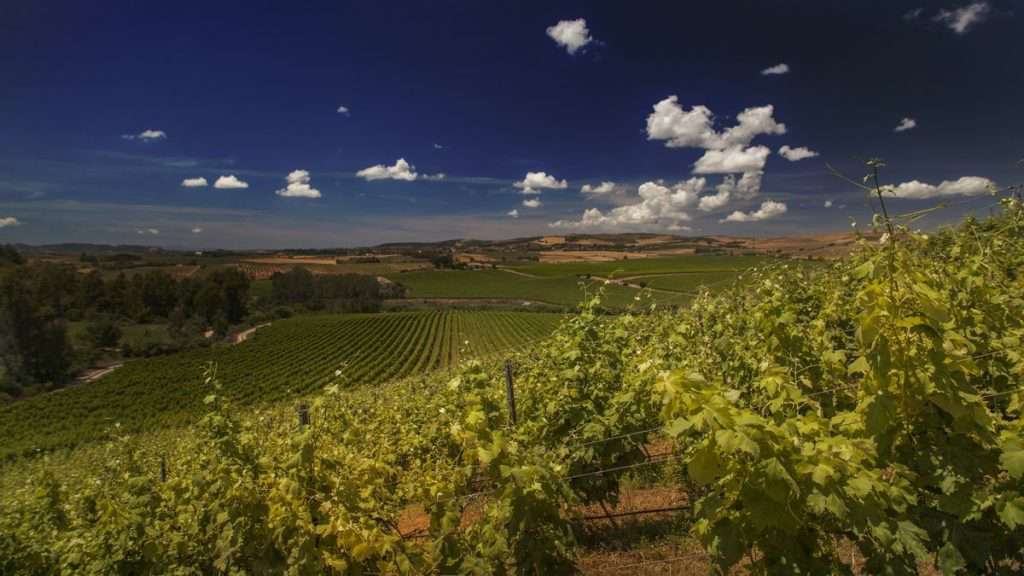
cannonau vineyards
But there are other varieties at risk, such as the Nuragus of Cagliari (1.492 hectares cultivated in Cagliari out of a total of 1.880 in all of Sardinia), the Nasco which has 147 hectares (131 in the old province of Cagliari), the Semidano (38 hectares of which 17 in Cagliari and 20 in Oristano) and the Girò (88 hectares, 44 of which in the former province of Sassari).
In short, the European standard runs the risk of turning into a real economic earthquake, given that the turnover of wine in Sardinia amounts to around 65 million euros, and that the hectares planted with quality wine in recent times have almost doubled, but also in a serious wound inflicted on the typicality and identity of a prince wine that brings with it millennia of native history.
It already existed 3.200 years ago it does not come from Spain
Recent discoveries of ancient Cannonau seeds in various archaeological sites in Sardinia have allowed us to rewrite part of the history of the origin of the domestication of the vine not only in Italy but also in the Mediterranean. On the occasion of the excavations conducted in 2002 in Borore in the archaeological site of Duos Nuraghes, in fact hundreds of vine seeds charred by time were found, dating back to around 1200 BC, 3.200 years ago. This discovery - which brought the Duos Nuraghes site to national prominence - as well as demonstrating that the Nuragic populations cultivated vines and produced wine, allowed us to understand that the "Sardinian Cannonau, which until now was thought to have been imported from Spain , is of a different variety from the Iberian one and could vice versa be originally from Sardinia and therefore have been exported to Spain, exactly the opposite of what has been believed for centuries, following the primary irradiation of agriculture, coming from the Fertile Crescent.
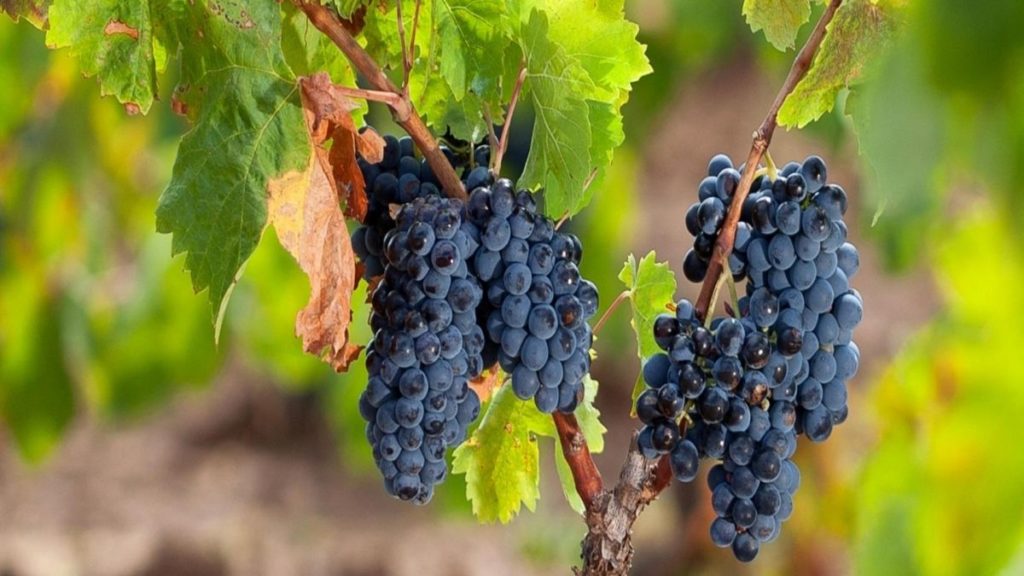
The official historical theory until the recent discoveries on Sardinian grape seeds said that the domestication of the vine, born in the Caucasus and Mesopotamia, was progressively transferred to Anatolia and Egypt, from here to the Aegean islands, Greece and the rest of the Europe, finally thanks to the Phoenicians it arrived in the Western Mediterranean and in Sardinia. Today, with recent archaeological discoveries, it can be stated with certainty that with the arrival of the Phoenicians, the cultivation and domestication of Vitis vinifera was already known in Sardinia[7].
Cultural product of the history of a people
Few wines like Cannonau represent a people's identity. He explains it to us Mariano Murru, President of Assoenologi Sardegna: “Cannonau is undoubtedly the Sardinian wine par excellence, perhaps the one that best identifies the history, traditions and character of the Sardinians. The most widespread in Sardinia and the most loved and known outside the island. The wine that perhaps already cheered our Nuragic ancestors and that has successfully spread to other Mediterranean countries and the world. It is the wine that strikes for its brilliant ruby color, which can be intense and spicy like the Mediterranean scrub, easily recognizable in the myrtle, cistus and mastic; but it can also be delicate and elegant with its notes of rose and violets, bewitching with notes of red fruit, where cherries and morello cherry stand out. Notes perfectly blended with the sweetest spices
received as a gift from wood. It is a wine – adds Murru – which is warm and welcoming to the taste like the hospitality of its inhabitants; strong and proud, but also reserved and "austere" like the character of the Sardinians themselves, long and persistent like the memory one feels when one leaves this enchanted island that resembles no other place in the world. Cannonau is the wine that closely accompanies traditional celebrations and recipes linked to the Mediterranean lifestyle and diet that has allowed the Sardinian people to be cited among the longest-lived in absoluteo ".
Gianni Lovicu of the Department for Research in Arboriculture of the Agris Sardegna agency he rightly points out that “the problem of the origin of the vines is not a simple dispute between specialists, but it is an aspect that can give added value to typical products. It is, in summary, theexaltation of biodiversityunderstood not only as a biological difference, but also as a cultural product of the history of a people. And this is all the more true in the case of wine, deeply linked to religious aspects, traditions, habits and customs of peoples.
If the origins of the vine date back to 3000 years ago, Cannonau wine appears for the first time in an official document dated 21 October 1549 in Cagliari. It is an act of the notary Bernardino Coni. The city was colonized by the Catalans of Peter IV of Aragon, it was a protectionist act which prevented the bringing of wine into the city from a surrounding territory not yet conquered by the Iberians, but capable of producing a lot of wine.
He also takes the field in defense of Cannonau Riccardo Cotarella, national president of Assoenologi: “A vine as ancient and well known as Cannonau and strongly linked to its territory, cannot end up in everyone's hands. One cannot imagine selling a hypothetical 'Cannonau del Veneto', just as the 'Corvina della Sardegna', or the 'Prosecco delle Marche' would be unthinkable. Giving the green light to this EU law would be a huge mistake, even from a sociological point of view. The name of the vine without the territory becomes something generic: first of all it counts where the grapes are grown, immediately after by whom (that is, the prestige of the producer) and then the grapes themselves come”.
In short, this EU legislation is a cultural, social, economic and historical affront not only to Sardinia but to its food and wine heritage.

